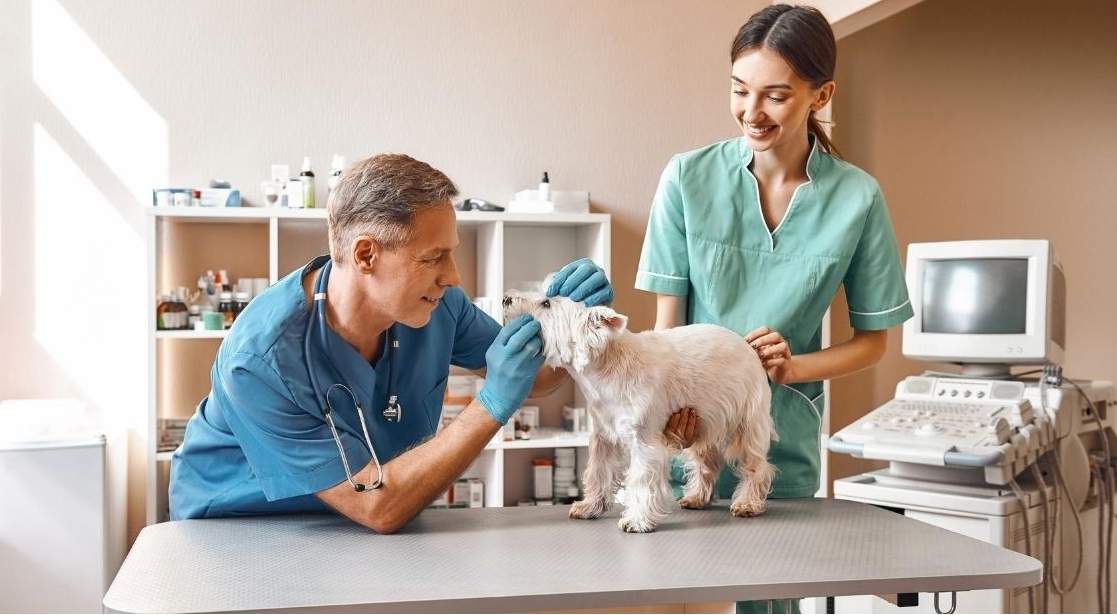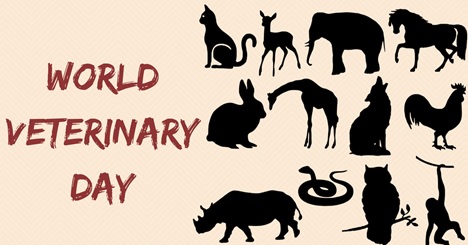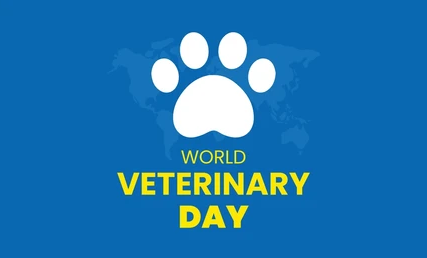The Veterinary profession is an essential part of the global healthcare system, providing medical care to animals and livestock. However, despite its crucial role in the society, the profession has been plagued with issues related to diversity, equity, and inclusiveness. In this article the challenges and opportunities in promoting diversity, equity, and inclusiveness in the veterinary profession, with a special focus on the Indian scenario and the situation in Kashmir are discussed.
Diversity, equity, and inclusiveness are critical for any profession, and the veterinary profession is no exception. A diverse veterinary workforce reflects the diversity of the animal population it serves. It ensures that the specific needs of different animals owned by varied population, including those from different ethnic and cultural backgrounds, are met. Moreover, diversity in the veterinary profession leads to better decision-making, improved communication, and better outcomes for both animals and their owners.
Equity is equally important, as it ensures that all animals, regardless of their species or breed, receive appropriate medical care. It is essential to address the issue of animal health disparities, as it can have a significant impact on animal welfare and public health. Inclusiveness means that everyone, regardless of their race, ethnicity, gender, or sexual orientation, feels valued, respected, and included in the veterinary profession. It is crucial to promote inclusiveness to ensure that everyone can access veterinary care and that the profession is welcoming to all.
Retention is another critical aspect of promoting diversity in the veterinary profession. According to a survey conducted by the American Veterinary Medical Association (AVMA), women currently make up around 60% of all veterinary students in the United States. However, this number drops to around 40% for practicing veterinarians, indicating that women are more likely to leave the profession or work part-time after graduation. This is a trend that is reflected in many other countries around the world.Studies have shown that veterinarians from under-represented backgrounds are more likely to experience discrimination, harassment, and burnout than their peers. This can lead to high rates of attrition and a lack of diversity within the profession.
In India, the veterinary profession is regulated by the Veterinary Council of India (VCI), which sets the standards for veterinary education and practice in the country. The VCI oversees the accreditation of veterinary colleges and universities, and it is responsible for licensing veterinarians to practice in the country. Currently, there are more than 50 veterinary colleges and universities in India, and the number of veterinary graduates has been increasing steadily over the years.
The lack of diversity in the veterinary profession in India is a significant concern. According to a report published by the Indian Council of Agricultural Research (ICAR), only 3.6% of the total veterinary graduates in India are women. This lack of gender diversity in the profession is a cause for concern as it creates a gender imbalance in the workforce and may also limit the perspectives and insights that are available to the veterinary profession. However recent years have seen an encouraging trend of women opting for careers in Veterinary Sciences. Against 1 or 2 female candidates/batch in 80s and 90s; females now constitute 40-50% of the batch strength.Despite the increasing number of veterinary graduates in India, there are still many challenges that the profession faces, particularly when it comes to promoting diversity, equity, and inclusiveness.
One area where diversity and inclusiveness is particularly important in the Indian context is in the UT of Jammu and Kashmir. This Union Territory has one veterinary college, named the Faculty of Veterinary Sciences and Animal Husbandry, a constituent of Sher-e-Kashmir University of Agricultural Sciences and Technology of Kashmir (SKUAST-K)at Shuhama, Alusteng in Srinagar and one more named the Faculty of Veterinary Sciences and Animal Husbandry, a constituent of Sheri-e-Kashmir University of Agricultural Sciences and Technology of Jammu (SKUAST-J) at R. S. Pora in Jammu. These collegesare the only institutions in the UT that offer veterinary education and training. However as far as para-veterinary training is concerned no institution in a state offers such courses that leads to a severe shortage of para-vet staff and skilled technician staff.
The lack of adequate resources and funding for Veterinary education in Kashmir is a significant obstacle to promoting diversity and inclusiveness in the profession. However, there are some initiatives that are being undertaken to address this issue. To address these challenges and promote diversity, equity, and inclusiveness, SKUAST-K has collaborated with NAHEP to provide scope for international exposure to undergraduate students under the Institute Development Plan through student exchange, twinning/sandwich/dual degree programs with reputed international universities. Recently, 20 students from SKUAST-K left for an overseas training program to AIT, Thailand, and 15 students are leaving for Western Sydney University Australia under IDP-NAHEP. These students include 10 Veterinary students as well.
Taking a giant leap towards globalisation, SKUAST-K has become the first university in J&K to organise International Education Fair with an aim to attract overseas students to the university and the Union Territory. The International Education Fair was held jointly with the Indian Council for Cultural Relations (ICCR) – a government of India organisation responsible for the promotion of cultural and educational relation of the country across the world recently at Sushma Swaraj Bhawan, New Delhi.
So, on global level, what’s the solution for these vexing issues?
Promoting diversity in the veterinary profession starts with recruitment. Veterinary schools and colleges must actively recruit students from diverse backgrounds, including individuals from under-represented groups and those from low-income backgrounds. This can be achieved through targeted outreach and recruitment efforts that aim to reach out to a broader audience of prospective students. Another way to promote diversity in the veterinary profession is to provide financial support to students from under-represented and under-privileged backgrounds. Scholarships, grants, and other forms of financial aid can help to offset the cost of tuition and make veterinary education more accessible to a wider range of individuals.
Once students from diverse backgrounds are enrolled in veterinary programs, it is essential to provide them with a supportive and inclusive learning environment. This can include creating mentorship programs that pair students with experienced veterinarians who can offer guidance and support. It can also involve offering cultural competency training to faculty and staff to ensure that they are equipped to support a diverse student body. To improve retention, veterinary practices and organizations must take steps to create an inclusive workplace culture. This can include offering professional development opportunities, providing access to leadership positions, and ensuring that employees from diverse backgrounds are represented in decision-making processes.
In addition to promoting diversity and inclusiveness, the veterinary profession must also address issues of equity. Equity refers to the fair distribution of resources, opportunities, and outcomes. In the veterinary profession, this can include ensuring that all veterinarians have access to the same career advancement opportunities. To promote equity, veterinary organizations and practices must conduct regular diversity audits to assess the representation of underrepresented groups in their workforce. They must also work to identify and address any pay or promotion disparities that exist.
In conclusion, promoting diversity, equity, and inclusiveness in the veterinary profession is essential for creating a profession that is accessible and welcoming to everyone. While the Indian scenario presents its unique challenges, efforts must be made to promote diversity and inclusivity in the profession to ensure that everyone has an equal opportunity to succeed. SKUAST-K’s efforts towards collaboration and partnership are commendable, and with adequate support and resources, veterinary professionals in Kashmir can make a significant impact on animal health and welfare in the region.
( Author is a final year BVSc & AH student at SKUAST-K. The views expressed in the write-up is the personal opinion of the author and need not represent the views of the Institution. Email: [email protected])










